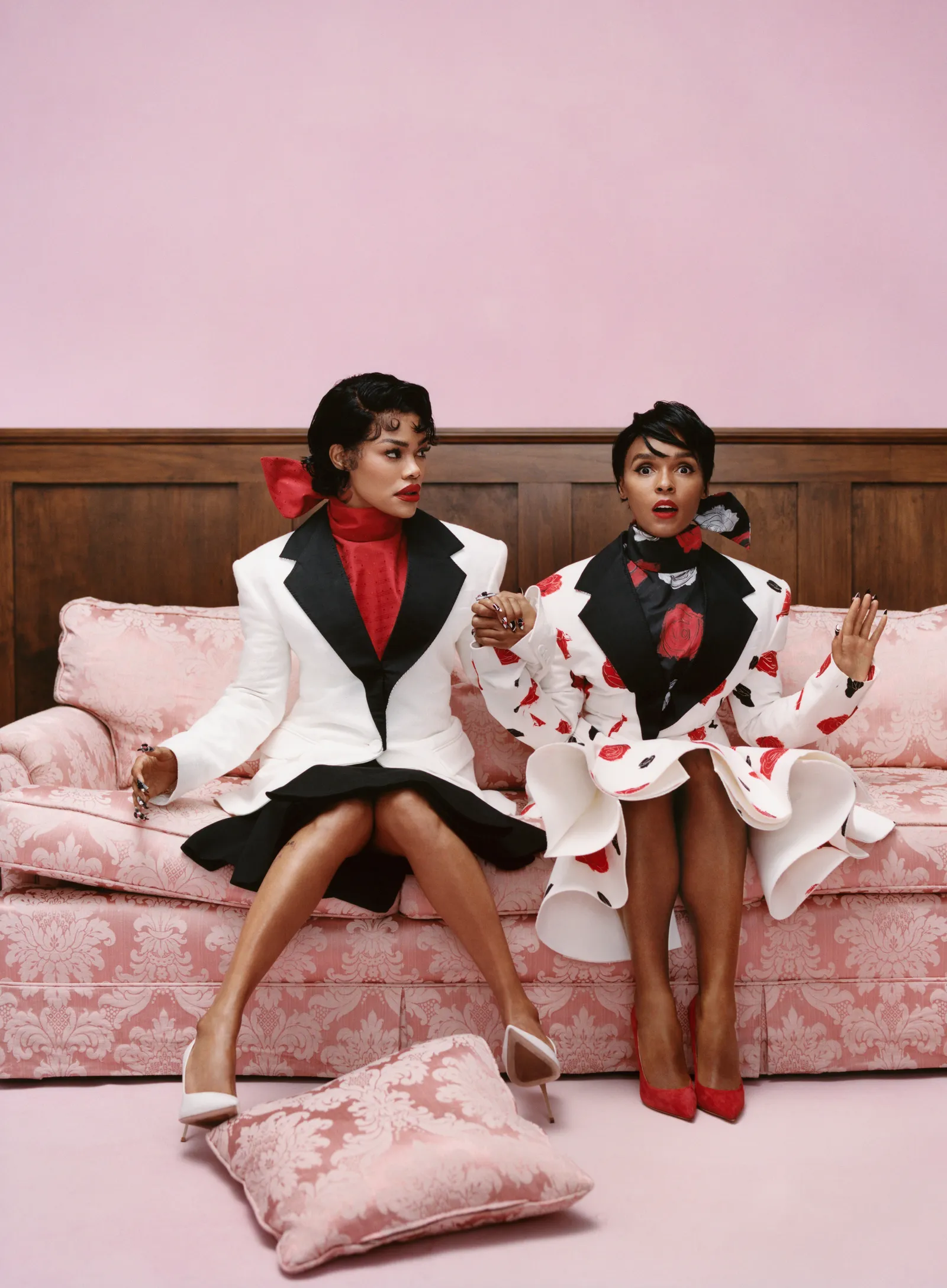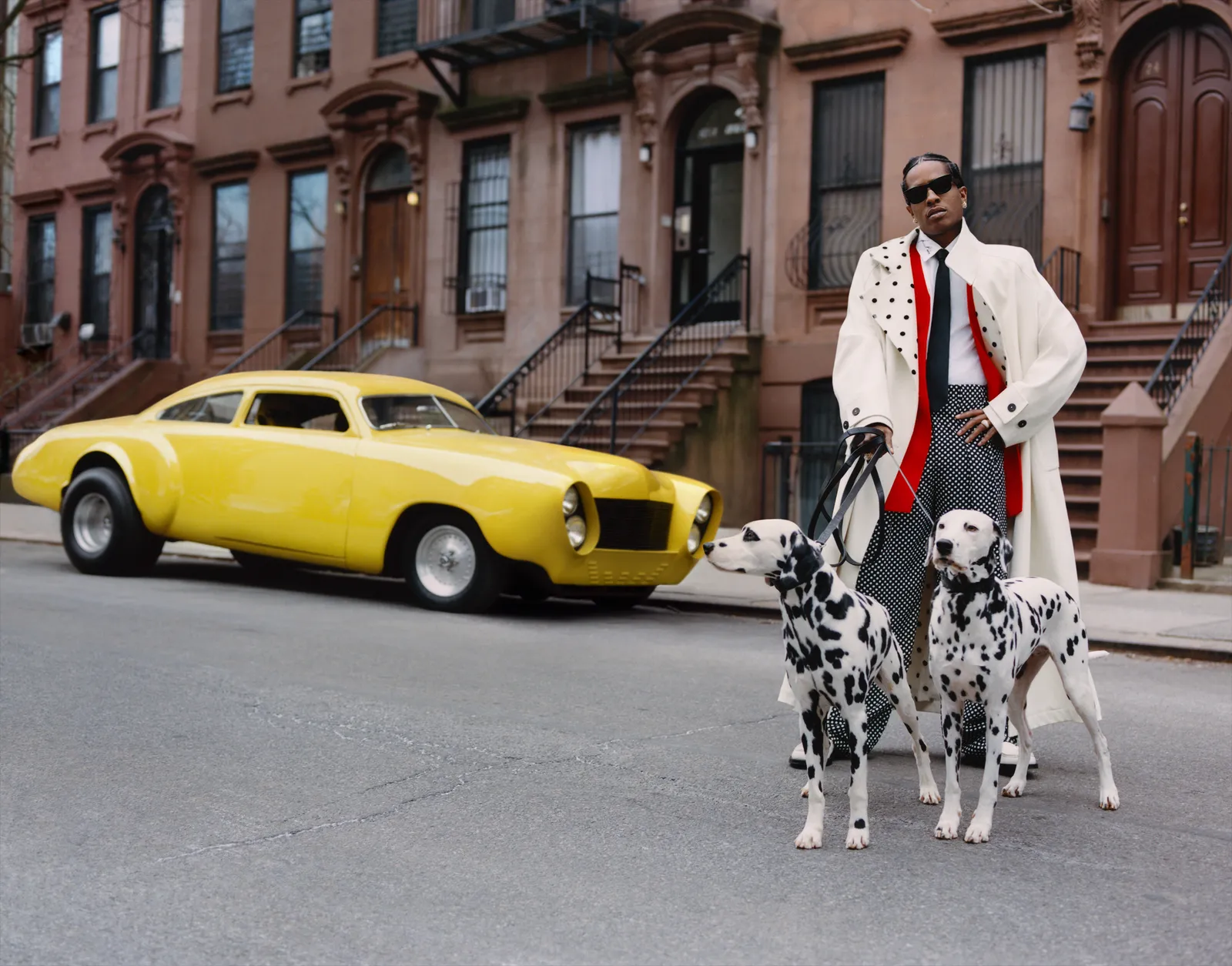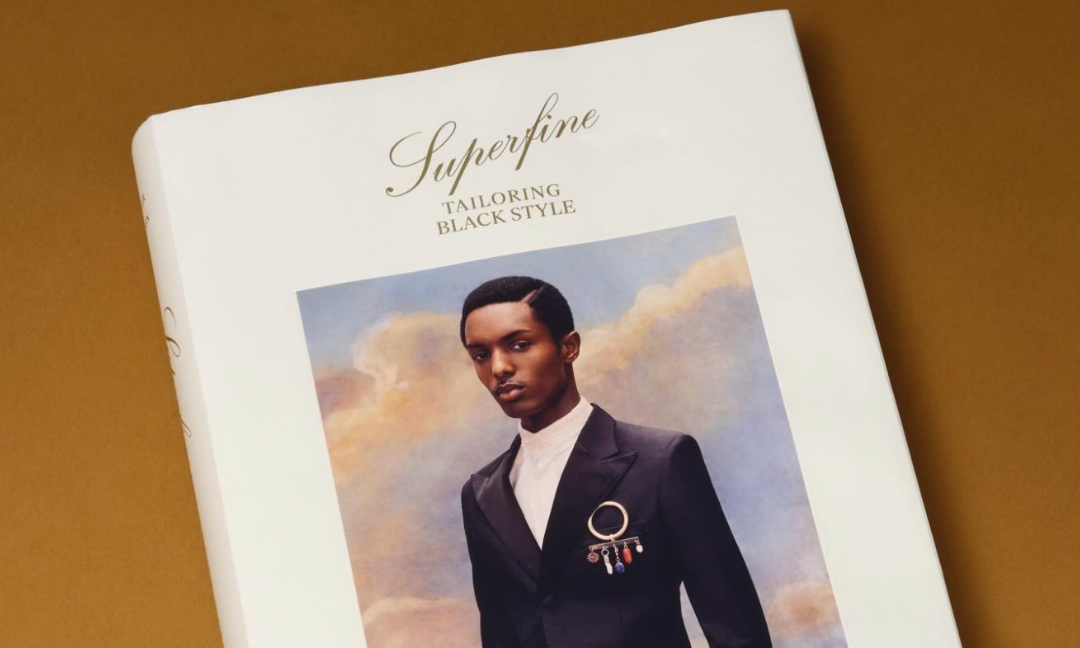Words by Sreya Nair | Feature Image: pacific_pacific Instagram
Several notable events are widely viewed every year – the Oscars, the Macy’s Thanksgiving Parade, and the Super Bowl Halftime Show – all of which are subject to criticism and commentary on the internet. However, none of these are analyzed as heavily as the Met Gala.
Run and organized by Vogue Magazine and, in turn, its Editor-in-Chief Anna Wintour, this event is the one night a year that celebrities can abandon their relatable façade and show off their most over-the-top looks. To the naked eye, this meeting of elites in the world-famous museum seems rather odd – a gathering of the rich and famous, wearing elaborate pieces by some of the most luxurious brands, in an event requiring a $75,000 ticket seems like a dystopian nightmare born out of The Hunger Games. However, the proceeds of this event are used to support the Metropolitan Museum of Art – a more noble aspect of the gala.
The gala themes usually align with the Costume Institute’s exhibition. This year’s theme, announced in October 2024 by Vogue, is “Superfine: Tailoring Black Style” with the dress code “Tailored for You.” The theme is inspired by Monica Miller’s novel Slaves to Fashion: Black Dandyism and the Styling of Black Diasporic Identity. Miller is a guest curator for this year’s Met Gala, the first under curator Andrew Bolton’s tenure.
Interestingly, this is only the second exhibition highlighting menswear (the first one being “Bravehearts: Men in Skirts” in 2003). This year’s gala is not only highlighting menswear, more specifically its focus is on Black dandyism. Dandyism is an aesthetic of men meant to stand out as being meticulously groomed and dressed. A true dandy uses fashion as a form of expression and rebellion against social norms. Black dandyism, particularly, exists in the context of power and resistance, defying the marginalizing and rigid constructions society has for race and class. Dandy outfits typically include sharp suits, shiny shoes, bow ties, and – sometimes – a statement top hat. Bright colors and eye-catching patterns such as stripes, swirls, and checkers make their presence clear to those around.

In its early stages during the Regency era of England (1795-1837), Black dandyism was a way of assimilation. Former slaves and Black servants used their finely-tailored fashion to mirror high-society white Europeans and to assert their long-denied individuality and freedom. Black dandyism, however, carries into more recent context. During the Harlem Renaissance (1918-1930s), a time of challenging societal norms and racial constructs, dandyism was used similarly as the Regency era. It was then that the zoot suit was developed. Taking the form of the large and baggy London “drape” suit with big shoulders and over-pronounced lapels. It was worn to be seen and was meant to be a disruption by physically taking up more space. Zoot suits allowed Black people to assert themselves in society and acted as protection for their body. Wearing a zoot suit as a protest was significant – many white people at the time disapproved of this style, not only because it was worn predominantly by people of color, but because it was seen as “unpatriotic.” The bagginess of the suit used more fabric, which seemed overindulgent during wartime rations. These racial tensions over the suit erupted into violent altercations known as Zoot Suit Riots in Los Angeles.
The co-chairs for the Met Gala this year include Colman Domingo, Lewis Hamilton, A$AP Rocky, Pharrell Williams, and Anna Wintour. With LeBron James serving as an honorary chair. We can predict that celebrities will wear looks from designers like Patrick Kelly; whose exuberant designs were known to play with humor, sophistication and push racial boundaries, using bold colors and patterns just as a dandy would. Or the recent Dior men’s collection by Kim Jones, as well as pieces from Thom Browne whose suits are reminiscent of dandyism due to the tailoring, stripes, and asymmetrical buttons. The late André Leon Talley will also have a big influence on the looks we see – having been the previous editor-at-large for Vogue, he was known for his grandiose style, specifically his bigger-than-life capes of bright colors and patterns, a garment that captures the essence of dandy fashion.

This Met Gala is shaping up to be a memorable one – with fashion-forward chairs and a historically significant theme, “Superfine: Tailoring Black Style” will bring incredibly expressive and personal looks we will remember for a long time, as long as the guests understand the historical significance of Black dandyism. We have seen past Met Gala looks that have gone for shock factor rather than truly implementing the theme and conveying a meaningful message.
While extravagance and boldness are key to Black dandyism, it’s important to remember the real reason this style came to fruition. The statement of Black dandyism contends the societal constructions that define people by their race rather than by their character – dandies make their character so physically pronounced through their clothing to force others to see them beyond just their race, but as individuals. The event’s dress code “Tailored for You” does not simply mean clothing that fits the body well. Guests should create a look that makes a statement, defying social construction, asserting who they are beyond society’s constructs, just as a true dandy would.


excellent